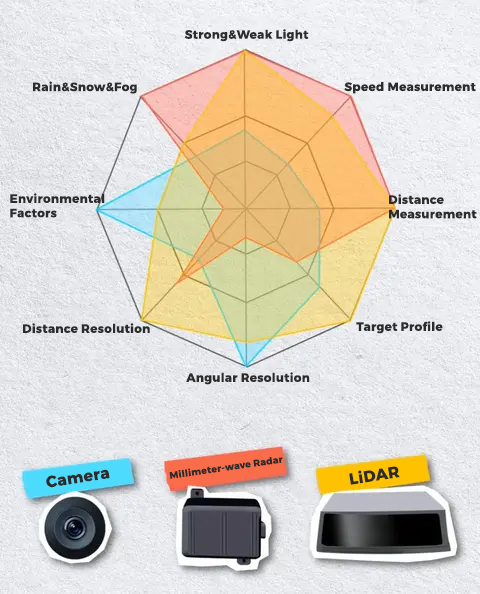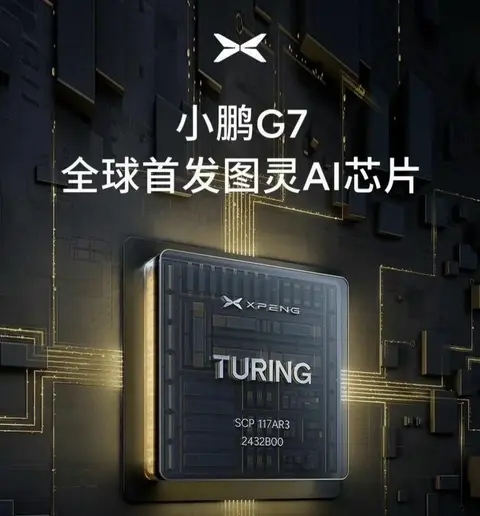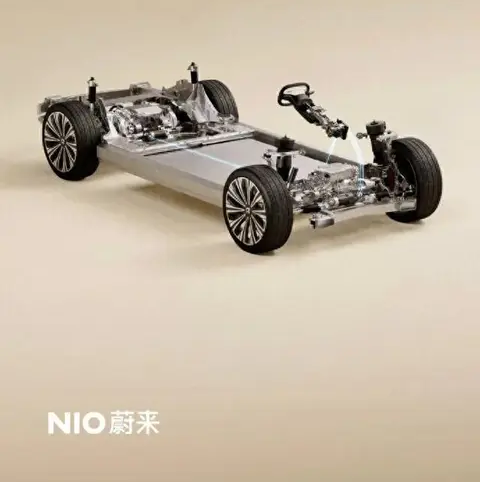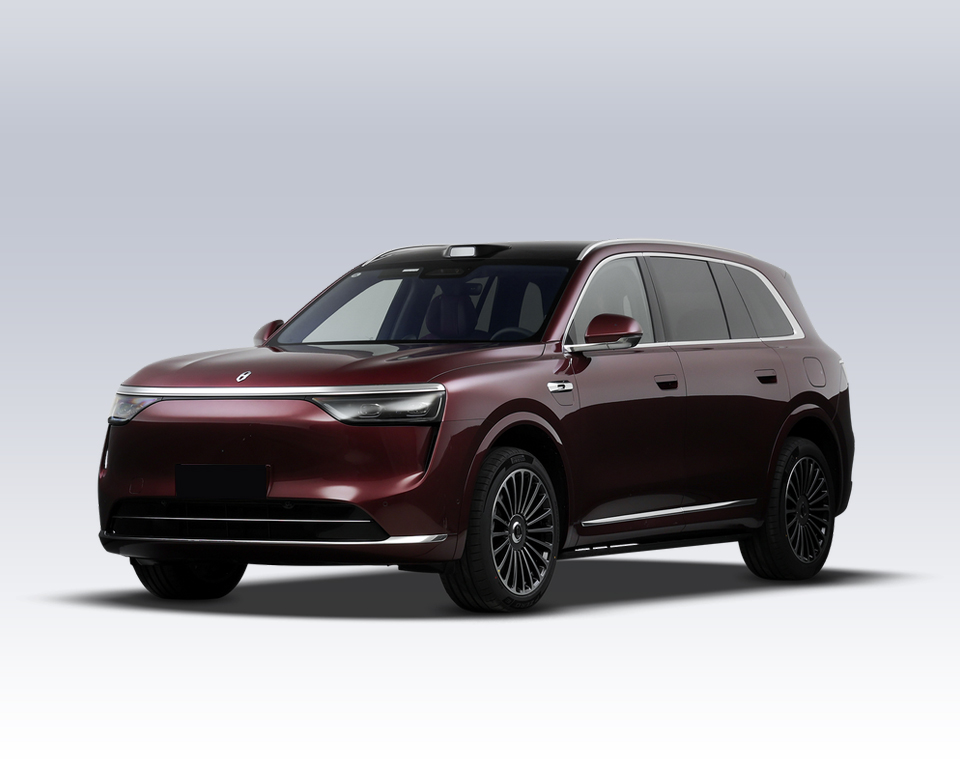How Does Hot-in-Demand Automotive Assisted Driving Actually “Drive for You”?
In the era of new energy vehicles, Chinese automakers have found a winning strategy to boost product appeal and sales — empowering vehicles with intelligent technology. Among these innovations, assisted driving has been one of the hottest and most talked-about features in recent years.
Understanding how assisted driving works is not only useful for mastering the system’s functions, but also for making an informed decision when choosing your favorite Chinese NEV.
Catalog

Today’s smart assisted driving systems can be divided into four core modules: perception, decision-making, control, and communication. Let’s explore each module in detail.
👀 Perception System
The perception system acts like the “senses” of an assisted driving system, detecting and capturing information about the surrounding environment, obstacles, and even certain sound cues. Common components include:
LiDAR (Laser Radar) – Emits laser beams, captures the reflections from obstacles, and creates a 3D point cloud to identify object shapes and distances.
Millimeter-Wave Radar – Now often upgraded to 4D millimeter-wave radar, which adds time or velocity data to traditional 3D measurements. This improves moving obstacle detection but is less precise in identifying exact shapes.
Ultrasonic Radar – Sends out ultrasonic waves to detect objects within 5 meters. Ideal for automatic parking and low-speed obstacle avoidance.
Cameras – Radars can’t detect colors, so cameras step in to identify traffic signals, road signs, lane markings, and pedestrians while assisting in object recognition.

🧠 Decision-Making System
The decision-making system is the “brain” of assisted driving, composed of hardware chips and software algorithms.
Hardware Chips – Processing power is measured in TOPS (trillions of operations per second). The higher the TOPS, the stronger and faster the chip, with lower latency. Examples include NVIDIA Thor, Huawei Ascend, and XPeng Turing chips.
Software Algorithms – AI-driven models (such as end-to-end “point A to point B” logic) combined with high-definition maps simulate human driving decision-making.
Xpeng Turing AI Chips

💪 Control System
If the decision-making system is the brain, the control system is the “muscles and body.” It receives rapid instructions from the decision-making system and executes them instantly to maintain vehicle stability and safety.
It manages acceleration, braking, steering, and emergency maneuvers. For example:
Steer-by-Wire – As seen in the NIO ET9, the steering wheel is no longer mechanically linked to the steering system, but instead sends electronic signals for enhanced precision.
AEB (Automatic Emergency Braking) and Lane Keeping Assist are also functions under the control system.

📡 Communication System
The communication system equips assisted driving with internet and connectivity functions — much like a smartphone — enabling vehicles to exchange information and receive updates.
Features include:
Automatic emergency calls and location sharing after an accident.
Satellite communication modules built into vehicle infotainment systems.
Real-life cases of satellite communications saving stranded drivers have proven the critical value of this system.

⚠️ A Word of Caution
While assisted driving has advanced rapidly in recent years, it’s still in its early stages in the automotive industry. It should be regarded as a tool to help you drive, not a substitute for driving.
Over-relying on it as “full self-driving” is unrealistic and potentially dangerous. By understanding its structure and limitations, you can use it more safely and effectively — making your journey in a Chinese NEV smarter and more enjoyable.
Please explore our blog for the latest news and offers from the EV market.





